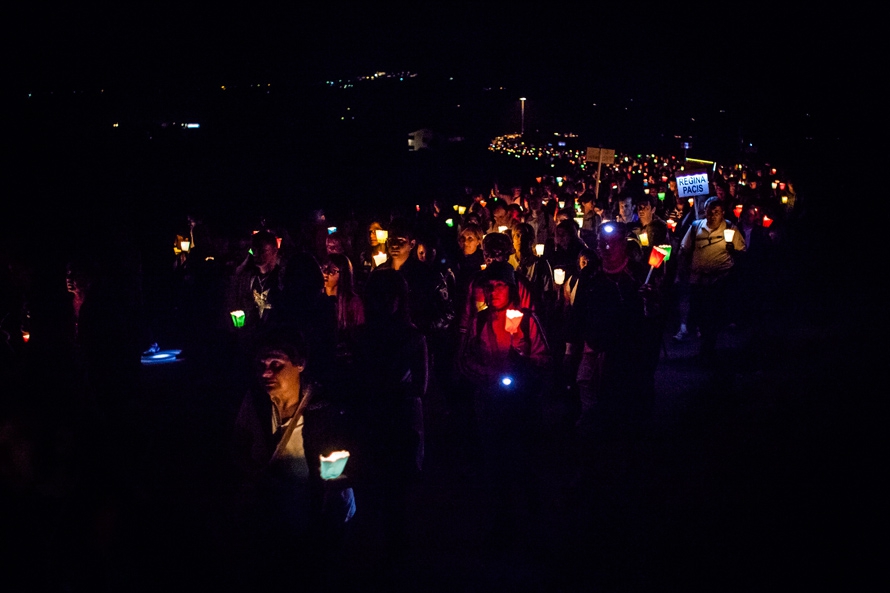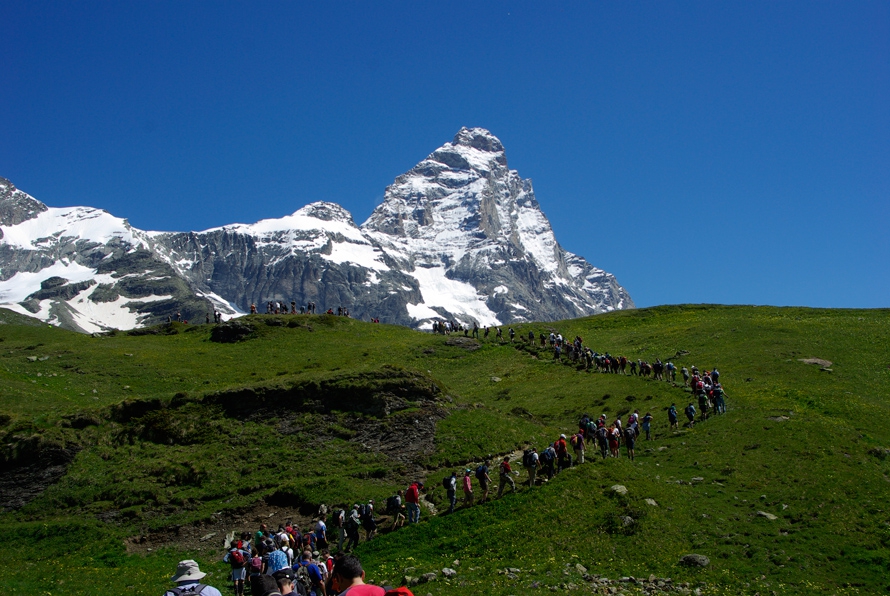Life in the Movement
Fundamental Gestures
At the center of everything is School of Community, based on the text indicated each year as a guide. The unified journey of faith of the Movement throughout the world is rooted in this. There are two other gestures considered to be fundamental:
- Charitable Work: dedicating time to serve those in need. Tens of thousands of people around the world regularly commit to a myriad of proposed activities, including: assistance for the disabled and the elderly, tutoring for children of immigrant families, support for families in need, gestures of international solidarity, and many others. It consists of life experience that is also an education to the most important “law” of existence: gratuitousness, or charity. In many countries, these activities were born spontaneously to the point of becoming permanent and structured social works.
- The Common Fund: an personal financial contribution given as part of the shared responsibility for the Movement, sustaining its charitable, missionary and cultural initiatives. Each person participates by giving a fixed amount, which the person decides upon independently and privately, each month (in the beginning of the Movement’s history it was referred to as one’s “tithe”). What is important is not the amount, but rather the seriousness with which one is faithful to the commitment they freely take on.
Walking Together
Pilgrimages are a symbol of the Christian life of each community, lived in a more intense way. Groups travel to traditional sites, such as: Lourdes, Czestochowa, and many other shrines all over the world. In Italy, the annual nighttime pilgrimage from Macerata to Loreto has become a significant event for those in the Movement and others. It began with a group of students from the Marche region as a sign of thanksgiving, and now has grown to over 100,000 participants. In October 2016, the CL communities around the world all participated in pilgrimages to commemorate the Year of Mercy.
Another very common gesture is the Way of the Cross, the traditional Good Friday procession that Fr. Giussani chose to propose for young people in GS from the very beginning. Now, as was true then, it is a fundamental part of the spiritual practices for Holy Week. One of the most notable examples is the Way of the Cross which has processed across the Brooklyn Bridge in New York since 1996.
A Desire for Beauty
Love for culture and artistic expression has always been a part of the life of the Movement. As then-Cardinal Ratzinger noted in his funeral homily for the founder, “Fr. Giussani grew up in a house that was poor in bread but rich in music, so that from the very beginning he was touched, or, better, wounded, by the desire for beauty.” Music and singing together have consistently been part of the life of CL, along with literature and visual arts (this is at the origin of the collection of CDs and series of books directed first by Fr. Giussani, then, for a few years, by Fr. Carrón). One example is at the annual Spiritual Exercises, where each lesson is introduced by listening to some of the great works of classical music coordinated with the projection of paintings or other works of art. Another example is the “book of the month,” the selection of a great work of literature or of non-fiction, or of a book that communicates a powerful witness of Christianity, which is then suggested for everyone to read. This same desire for beauty tends to influence the planning of events such as meetings, assemblies, liturgies or catechetical gatherings, as well as less formal occasions (the many “study days” organized by students), and the community vacations organized on the basis of age groups or geographical proximity as educational and missionary opportunities. The vast majority of these vacations take place somewhere in the mountains, where “the imposing beauty of nature encourages us to reawaken our questions about being, about the goodness of reality.” With these words, Giussani describes the experience of every man or woman in front of the spectacular view of peaks towering toward the heavens.
“The imposing beauty of nature encourages us to reawaken our questions about being, about the goodness of reality.” (Fr. Giussani)
Groups by Age and State of Life
Particular names have come to refer to groups of various ages or states of life:


